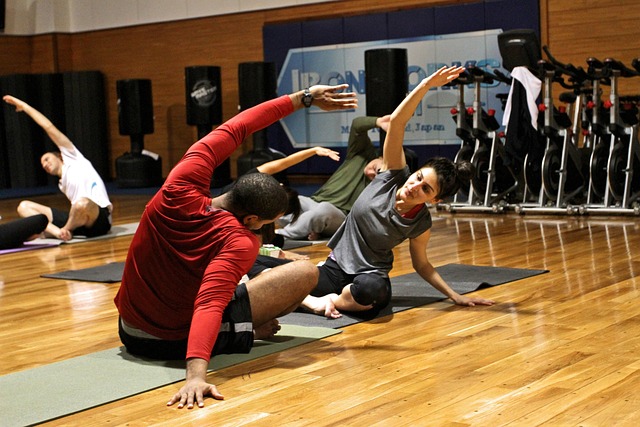Safety is always a top concern in spaces where people move, train, or play. In schools, gyms, and fitness studios, it’s not only the floors that need attention—walls can also pose a risk during high-energy activities. That’s where extra protection can make a real difference. Properly designed padding helps reduce injuries and supports a safer environment for all ages.
When students take part in sports or physical education, falls and quick movements are common. Sometimes, these movements lead to unexpected contact with hard surfaces. In places like school halls or gymnasiums, where games like basketball or indoor football are played, running into a wall at speed could lead to serious injury. Installing wall padding helps absorb impact and lessen the chances of harm.
The material used in these pads is usually thick foam, covered with strong vinyl. The foam cushions the blow, while the outer layer is made to resist wear and is easy to clean. This makes it suitable for busy areas, especially those with large groups or regular use. Many schools choose bright colours or even custom designs to make the space both safe and welcoming.
Studios used for activities like dance, martial arts, or fitness training also benefit from padded walls. These areas may not involve contact sports, but people still move quickly, practise turns, or use equipment close to the edges. In smaller rooms, the risk of hitting the wall is higher. With wall padding in place, users can train with more confidence and less fear of getting hurt during movement.
Noise reduction is another benefit. When walls are padded, the material helps absorb sound. This makes the space more comfortable and less distracting, especially in places where multiple activities happen at the same time. It’s useful in schools, where a calm environment can improve focus and reduce stress during both sports and non-sporting events.
Gyms that offer classes like wrestling, judo, or gymnastics also depend on strong wall protection. In these settings, movements are forceful, and falls may happen in all directions. Wall coverings are not just a bonus—they’re often required by safety guidelines. Having the right padding in place shows that the space meets safety standards and takes injury prevention seriously.
Proper installation is key to making sure the padding works as it should. It needs to cover enough surface area and be securely fixed so it doesn’t move out of place. Some systems use strong adhesive, while others rely on bolts or clips. Once installed, the pads need to be checked regularly for signs of wear or damage. A torn cover or compressed foam won’t give the same level of safety and may need to be replaced.
Some schools and gyms invest in removable panels. These can be taken down when not needed, which is helpful in multi-use areas. While they offer more flexibility, they still need to meet the same safety standards and be just as secure during use.
Another reason to install wall padding is liability. When injuries happen, having visible safety measures in place can protect the organisation legally. It shows that proper steps were taken to prevent harm, which matters in insurance claims or inspections.
People of all ages benefit from safer spaces. Whether it’s a child learning a new skill or an adult returning to fitness after a break, knowing the space is protected allows them to focus on their movement. Good design should always support safety, and padded walls are one way to make that happen.
In environments where activity, learning, and physical training take place, every detail matters. With the right padding, a wall becomes more than just a surface—it becomes part of a support system that helps people stay active, safe, and confident.
